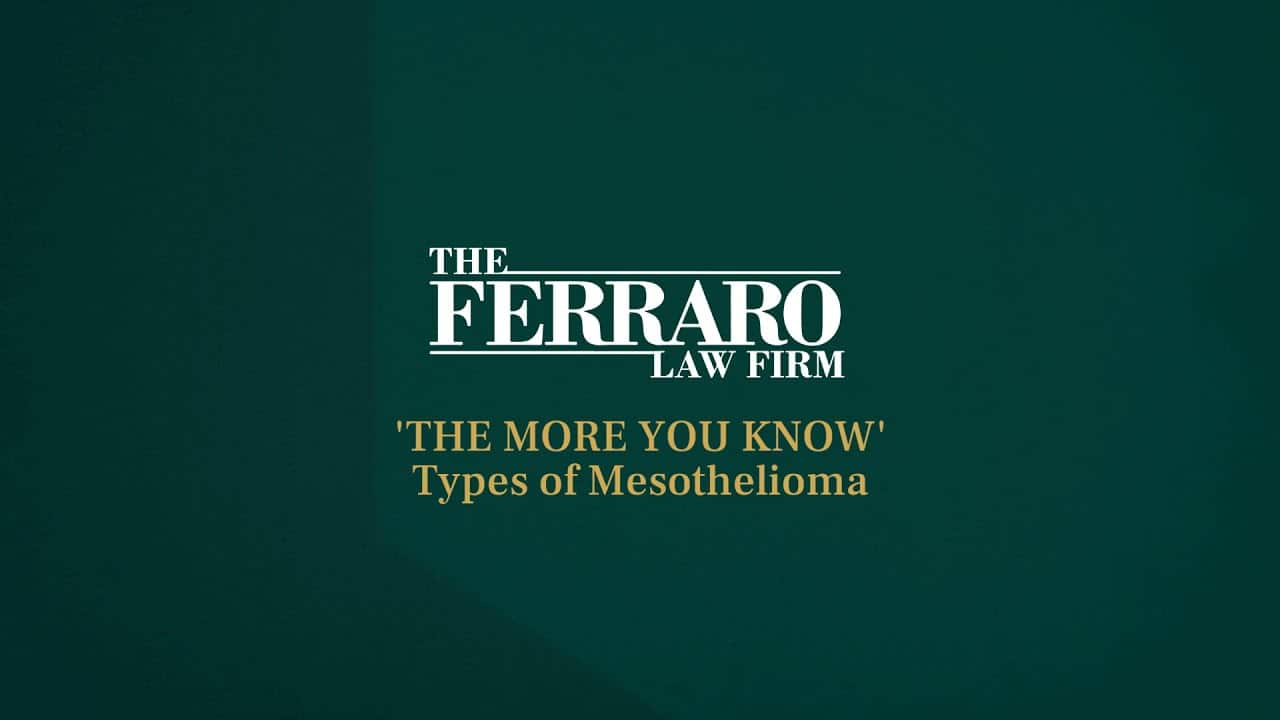If you were seriously injured, remember that it is crucial to choose the right law firm to represent your interests. We have been doing this for more than three decades, and have the resources you need to challenge any opponent.
Florida, New York, and New Jersey Among Nation’s Leading Asbestos Exposure Sites
As our mesothelioma lawyers frequently report, exposure to asbestos is what causes this deadly cancer. But because the incubation period is typically 30 to 40 years, too often patients fail to connect asbestos exposure in the 1960s or 1970s to a cancer diagnosis.
We reported recently on our Mesothelioma Lawyer Blog that asbestos was never officially banned for existing uses in the United States. However, most businesses and products have long since stopped using the known carcinogen. Some of those most at risk include military veterans and those who worked in mills or on construction sites through the 1970s.
For the next few weeks, our mesothelioma attorneys will publish a series of blogs taking a look at some of the nation’s most well-known exposure sites, as reported by the Centers for Disease Control and Prevention. Those who worked in these locations are at high risk. Former employees who worked in similar jobs or on similar job sites may also be at increased risk of a mesothelioma diagnosis.
Mesothelioma in Florida: The Zonolite and W.R. Grace and Company Exfoliation Facility in Tampa is a known location where employees were exposed to dangerous amounts of asbestos, according to the CDC. The site has processed vermiculite since the 1950s and continues to do so today. Deposits of mined vermiculite can be contaminated with naturally occurring asbestos. Much of the nation’s contaminated vermiculite came from a mine in Libby Montana, which was active until 1990.
Prior to 1991, the Tampa site processed nearly 50,000 tons of vermiculite from the Libby mine. The U.S. Census reports about 4,600 people lived within one mile of the facility in 1990. Former workers and their family members are encouraged to consult a physician knowledgeable in asbestos-related health issues.
Mesothelioma in New York: Similarly, the CDC reports the Zonolite Company/W.R. Grace Facility in Brutus New York (known as the Weedsport Facility), processed contaminated vermiculite from the Libby mine. The facility operated from 1963 until 1989. A cocoa husk mulch company then operated at the site until 2001. Currently, the facility sits empty.
About 1,200 people lived within a mile of the site, according to the 1990 U.S. Census. Current and former employees of the facility are encouraged to seek medical advice. Future disturbance of the soil or renovations at the facility could further expose workers to dangerous levels of asbestos.
New Jersey Mesothelioma: The Celotex Corporation in Edgewater, Bergen County New Jersey was a gypsum board manufacturer that used vermiculite from the Libby mine. The facility closed in the 1970s. The Zonolite Company, W.R. Grace Facility in Trenton, New Jersey also used vermiculite from the Libby mine and may have exposed workers to unsafe levels of asbestos. The facility closed in 1994.
Table of Contents
Frequently Asked Questions: Mesothelioma & Asbestos
What is asbestos?
Why is asbestos dangerous?
What are asbestos-related diseases?
What causes mesothelioma?
What are the different types of mesothelioma?
What are common mesothelioma symptoms?
Do I qualify for compensation if I have mesothelioma?
What is the life expectancy for someone with mesothelioma?
Do I qualify for compensation if I have mesothelioma?
Contact The Ferraro Law Firm at (305) 375-0111 to explore your legal options with our knowledgeable legal team.






